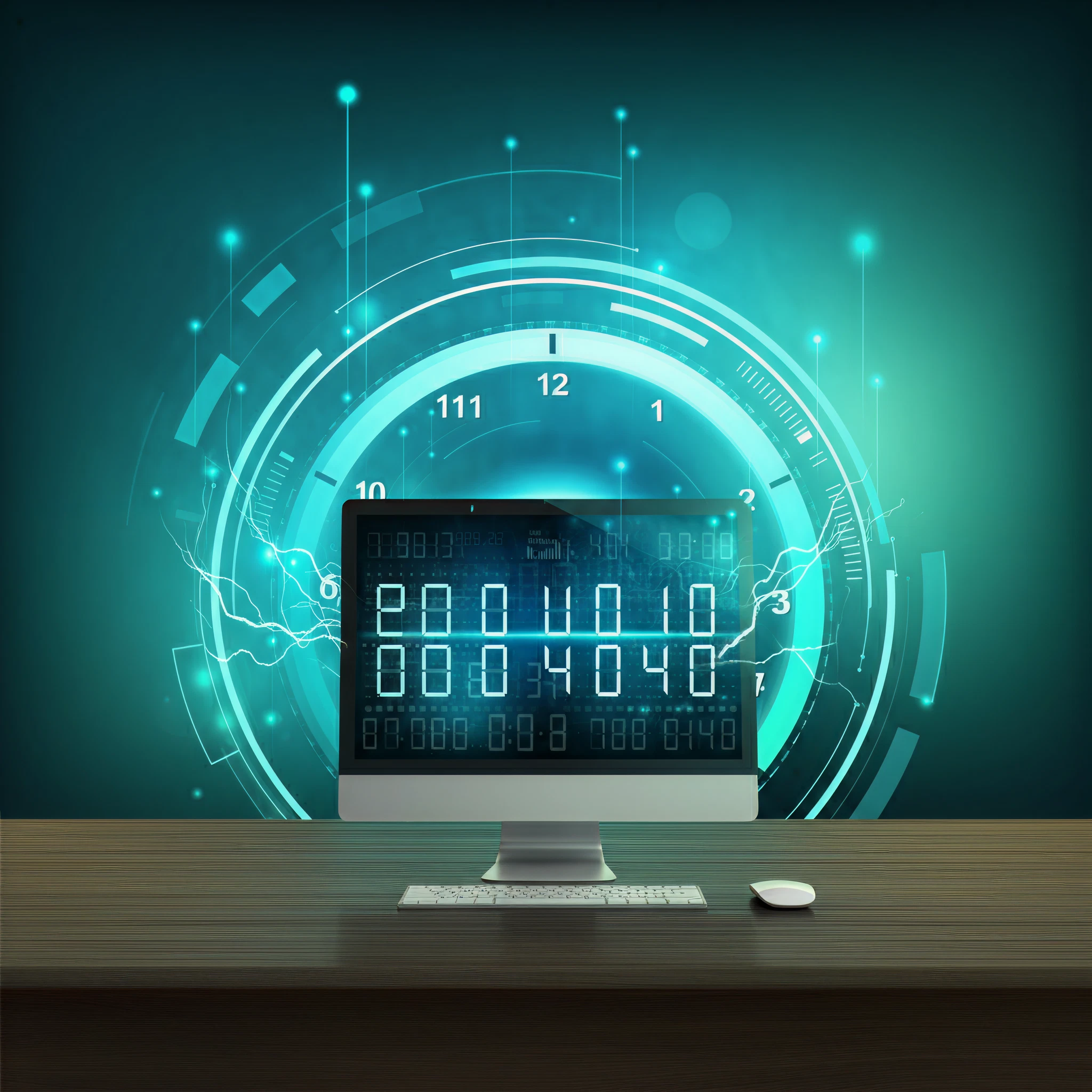Ever wondered how much electricity your computer consumes in a day? Whether you’re a tech enthusiast, eco-conscious user, or someone simply curious about energy costs, understanding your computer’s electricity usage is a smart step. It not only gives you insights into your energy bills but helps reduce environmental impact. Here’s a breakdown of everything you need to know to calculate it and manage your energy usage effectively.
Understanding Average Wattage for Different Computers
To get an idea of how much electricity a computer uses in 24 hours, we first need to understand the power consumption of various types of machines:
- Desktops:
- Average Power Usage: 60-300W
- Typically used for workstations and general computing. Add around 40-80W extra if you’re using a monitor.
- Laptops:
- Average Power Usage: 15-60W
- Designed for portability with lower power components, making these more energy-efficient.
- Gaming PCs:
- Average Power Usage: 300-1000W+
- High-performance GPUs and CPUs designed for gaming require significantly more electricity.
- Monitors:
- Average Power Usage: 10-80W
- IPS or LED screens are usually more efficient than older LCDs.
Factors That Affect Computer Energy Consumption
The amount of power your computer consumes depends on several variables:
- System Usage:
Intense tasks like gaming, rendering videos, or running simulations use more energy compared to lighter tasks like web browsing.
- Screen Brightness:
Higher brightness levels increase power draw, especially for laptops and monitors.
- Components:
-
-
- CPUs and GPUs vary widely in their energy efficiency.
- High-wattage power supplies consume more power, especially on gaming PCs.
-
- Background Programs:
Heavy multitasking or running unnoticed programs in the background can spike your electricity usage.
How to Calculate Daily Energy Usage
To estimate how much electricity your computer uses in 24 hours, use this simple formula:
- (Wattage of computer + monitor) × Hours used ÷ 1000 = kWh
Example Calculation:
- You use a desktop (200W) and a monitor (50W) for 8 hours a day:
(200 + 50) × 8 ÷ 1000 = 2 kWh
You consume 2 kWh of electricity daily.
What Does It Cost?
Electricity costs vary, but the average rate in the U.S. is around $0.13 per kWh. Using the example above:
2 kWh × $0.13 = $0.26/day
This adds up to approximately $7.80/month or $94.90/year for running one desktop and monitor daily.
Tips to Reduce Energy Consumption
Reducing your computer’s electricity usage not only lowers costs but helps minimize environmental impact. Here are some practical tips to save energy:
- Use Power-Saving Modes:
Enable sleep or hibernate modes when you’re away for extended periods.
- Turn Off Unused Monitors and Peripherals:
Disconnect items like printers or speakers when not in use.
- Lower Screen Brightness:
Reducing brightness can drastically cut energy usage, especially for laptops.
- Upgrade to More Efficient Hardware:
Energy-efficient parts, such as SSDs, modern GPUs, or CPUs, consume less power.
- Enable Power Plans:
Operating systems like Windows and macOS offer power-saving presets to optimize energy usage.
- Unplug at Night:
Many machines drain small amounts of power even when turned off. Unplug them or use a power strip.
Environmental Impact of Computer Energy Usage
Did you know the energy used by computers contributes to your carbon footprint? Here’s why it matters:
- Higher Energy Demand:
Computers and electronic devices contribute to increasing energy demand worldwide.
- Environmental Cost:
Electricity generation often relies on fossil fuels, meaning higher consumption contributes to greenhouse gas emissions.
- Tech Waste:
Disposing old, inefficient components improperly adds to environmental degradation.
Switching to energy-efficient devices and reducing usage can significantly cut your personal contribution to global energy waste.
Comparison with Household Appliances
For perspective on computer energy usage:
- A standard desktop uses roughly 2 kWh/day, while:
- A refrigerator uses 1.5-2 kWh/day.
- Air conditioners use 8-20 kWh/day.
- LED TVs use 0.1-0.5 kWh/day.
While computers may use less energy than appliances like air conditioners, energy-efficient practices can still make a noticeable difference.
Tools to Monitor Computer Power Consumption
Several tools and software can help track your computer’s electricity usage:
- Hardware-Based Devices:
- Devices like Kill A Watt meters measure the exact power drawn by your devices in real time.
- Software Solutions:
- Applications like HWMonitor or Open Hardware Monitor provide energy consumption metrics for your CPU, GPU, and more.
- Operating systems often have built-in tools to monitor battery or energy usage.
Future Trends in Energy-Efficient Computing
Businesses and manufacturers are taking strides toward developing energy-efficient technologies. Here’s what excites us about the future:
- Energy Star Certified Devices:
More computers are meeting Energy Star certifications, denoting significant energy savings.
- Advanced Power Management:
AI-driven power optimization is paving the way for even smarter energy usage.
- Cloud Computing:
Offloading heavy computing tasks to energy-efficient cloud solutions reduces individual electricity usage.
- Eco-Friendly Manufacturing:
Companies are leaning into sustainable materials and energy-saving production processes.
Final Thoughts
Understanding how much electricity a computer uses in 24 hours helps you make informed decisions about energy consumption. From estimating costs to adopting energy-saving habits, even small efforts can lead to significant savings and environmental benefits.
Want to stay on top of your power usage? Start by monitoring your current consumption and implementing the tips shared above. Every kilowatt saved is a step closer to a greener planet (and lower energy bills)!








